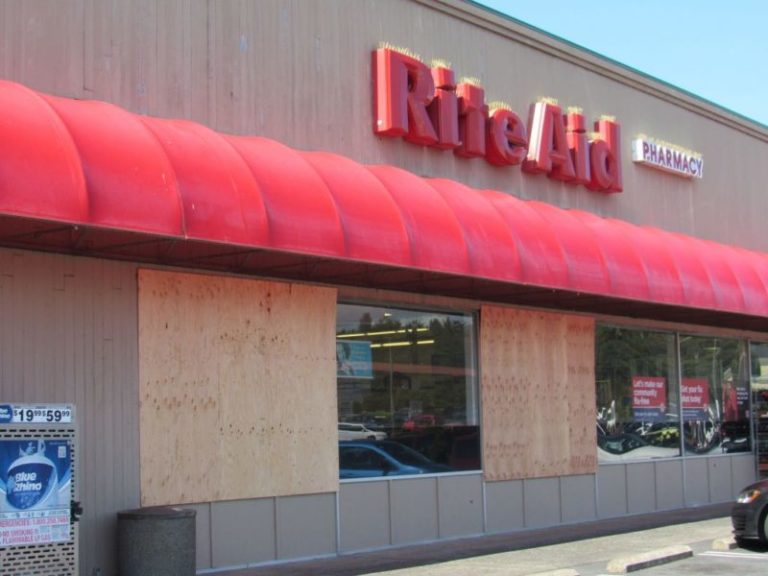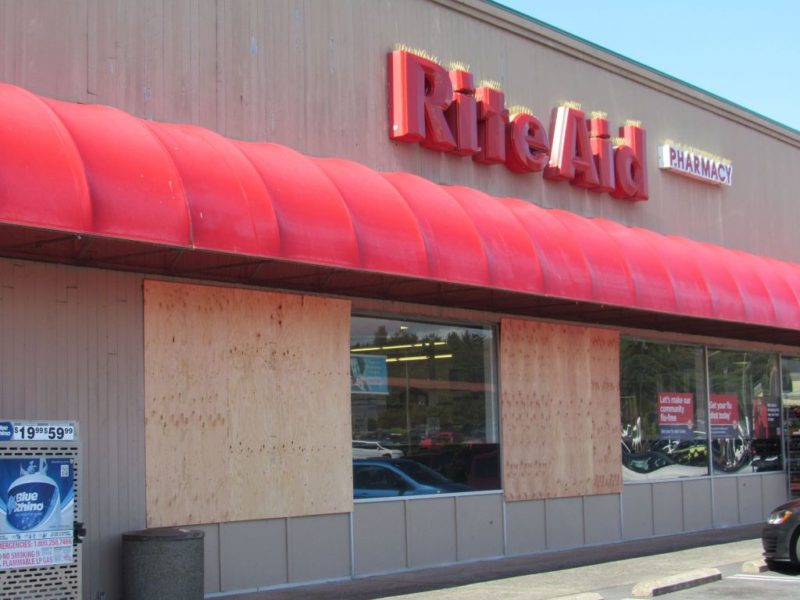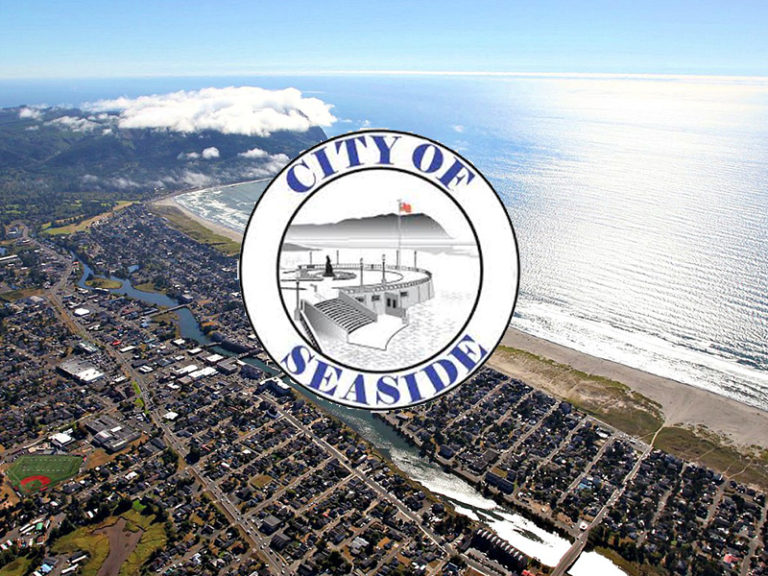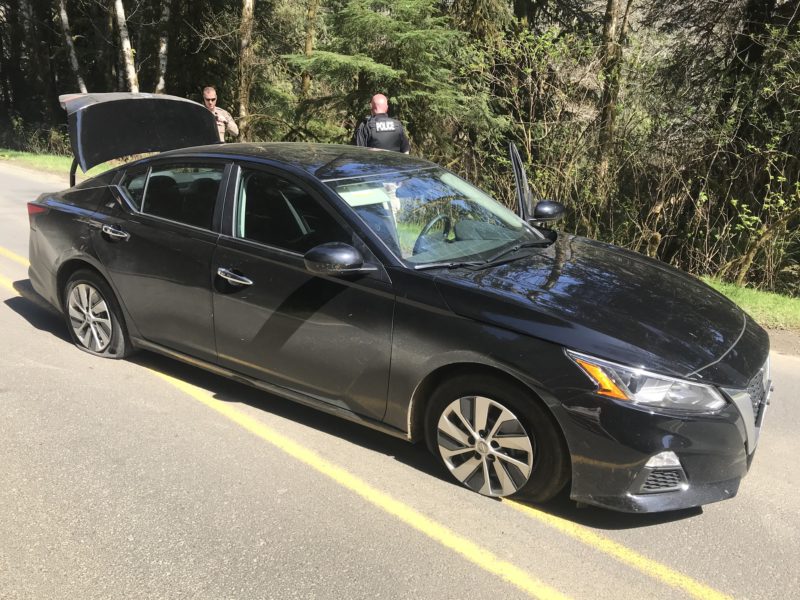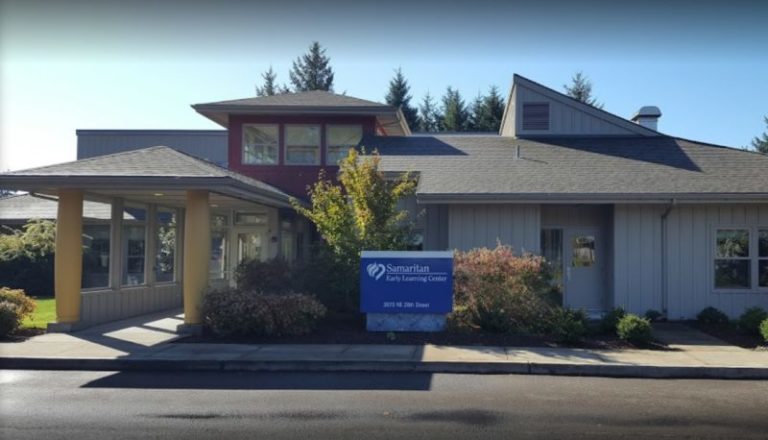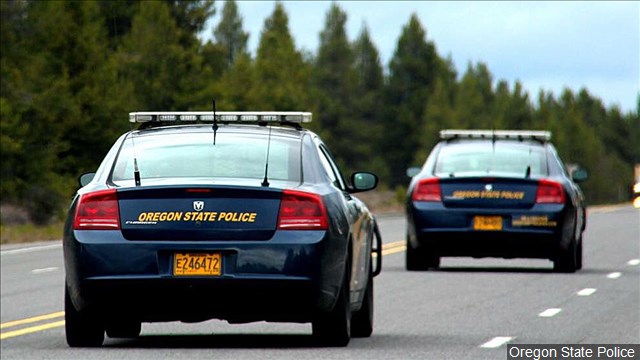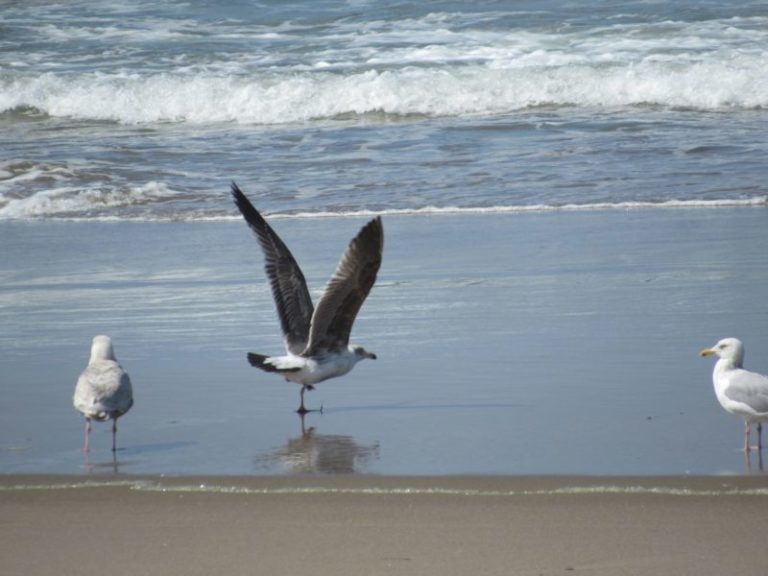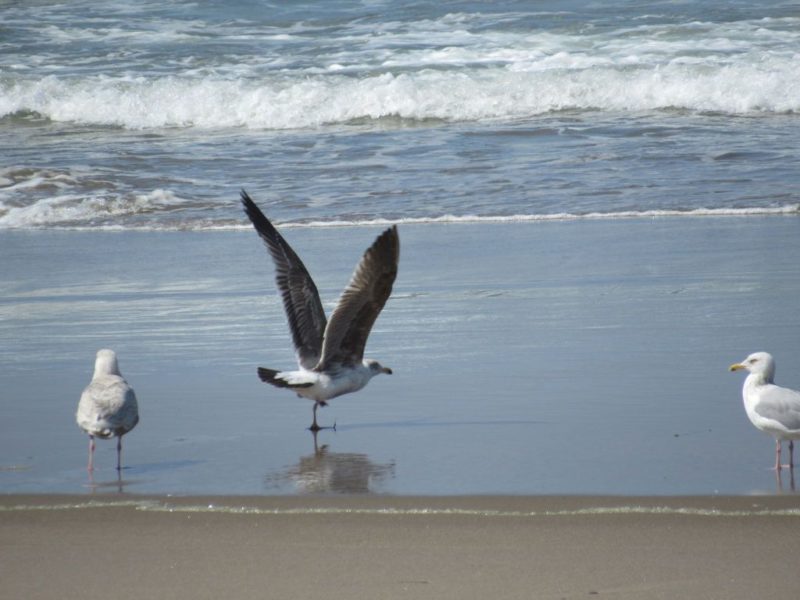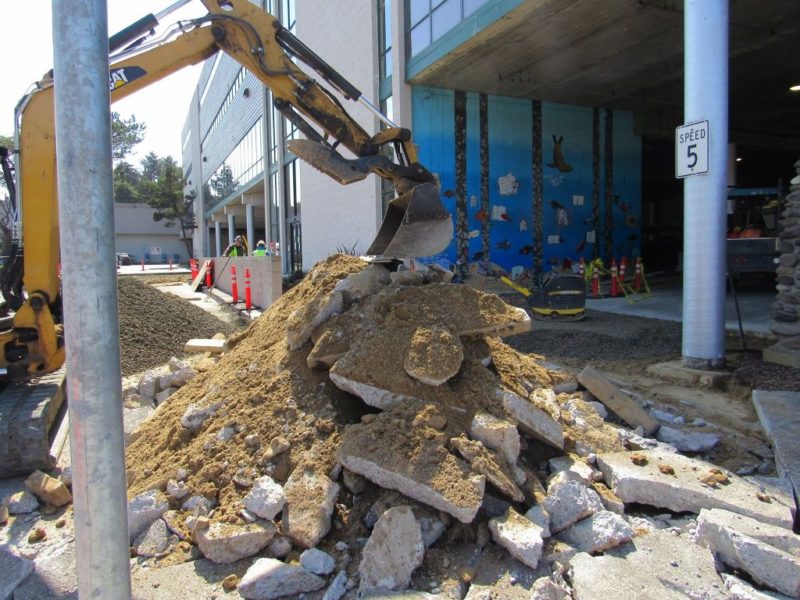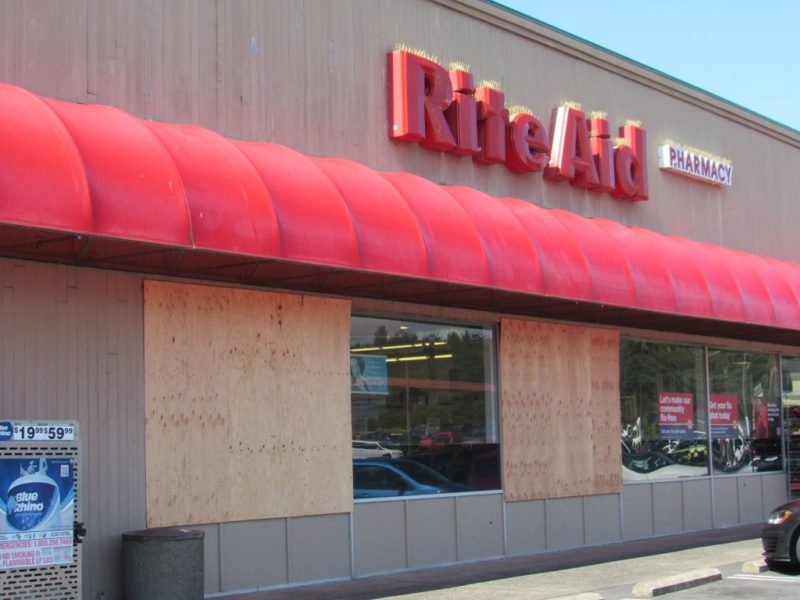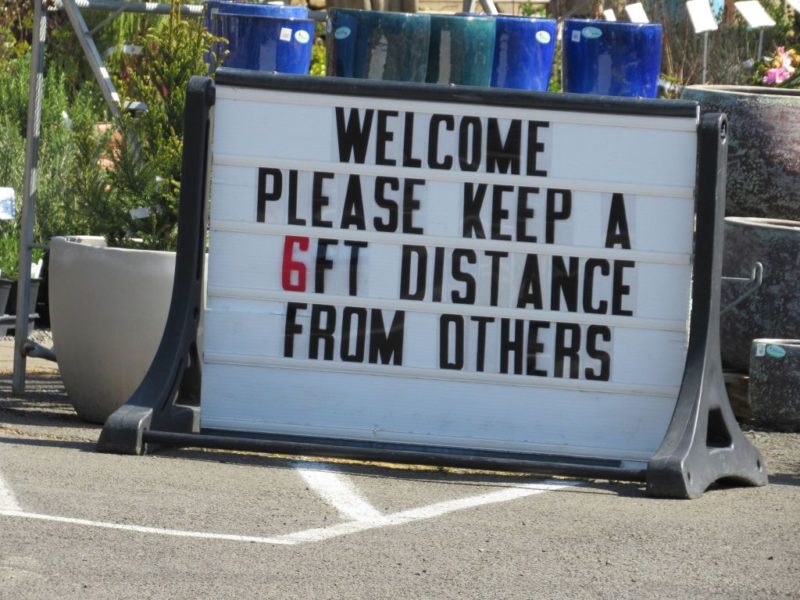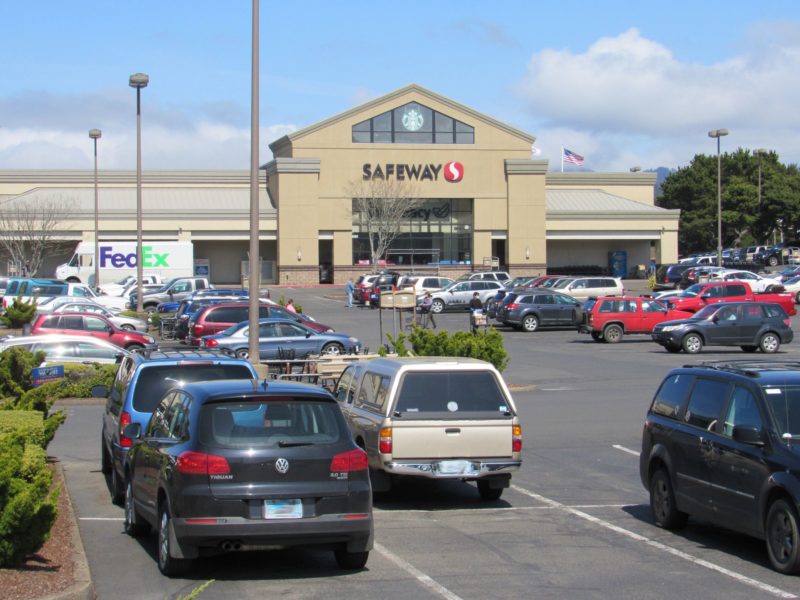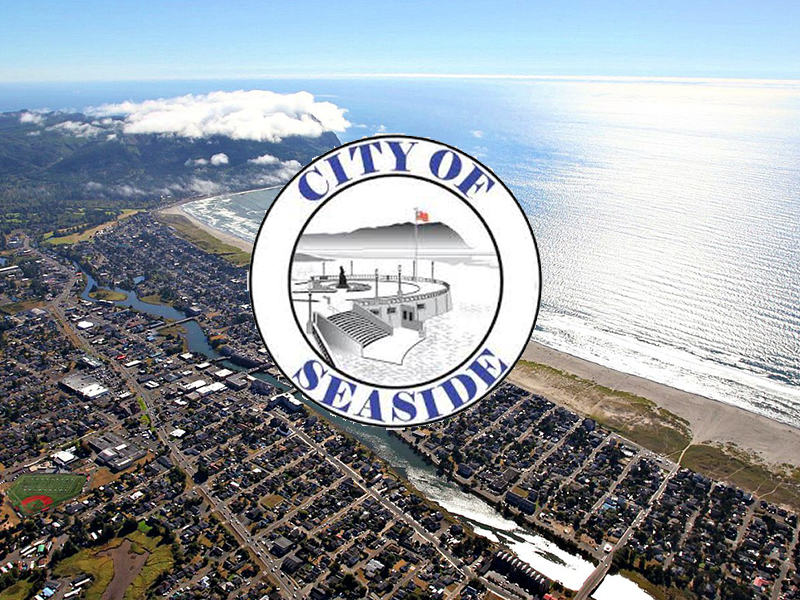
With its normally bustling tourism economy on pause due to dramatic local, county, and state restrictions necessitated by the COVID-19 pandemic, the City of Seaside approved a diverse and far-reaching relief program in a special meeting of the City Council on Monday, April 6, 2020.
In total, the 2020 Tourism Relief Program will offer $1.25 million in timely emergency funds for lodging properties, businesses and nonprofits, and water customers in the City of Seaside.
For hotels and lodging properties – including short-term vacation rentals, homestay lodges, and campgrounds – the program waives Transient Room Tax (TRT) due for the quarter ending March 31, 2020. For the same quarter in 2019, Seaside lodging properties collected more than $1 million for the City.
“One of the things that we would love to do is help keep these businesses and lodging properties viable until the economy gets going again,” stated city manager Mark Winstanley, noting that funds will come from the budget reserves of the Visitors Bureau. “We feel this relief package will provide some level of long-term sustenance for our community.”
In order to qualify for the relief, lodging operators must still submit proper paperwork to City Hall by April 30, 2020. Operators must also have no outstanding TRT due from previous quarters unless paid in full by the deadline. Any TRT already paid for the quarter ending March 31, 2020 will be refunded in the next two weeks.
TRT is a 10 percent city tax collected in addition to the room rate charged by lodging operators for short-stay guests (30 days or less) in Seaside. The TRT is not a tax on lodging operators and, in fact, every operator may withhold 5 percent of net TRT to cover collection and remittance expenses. Lodging taxes for the State of Oregon and Clatsop County are unaffected by Seaside’s relief program.
For the non-lodging community, the 2020 Tourism Relief Program also approves up to $250,000 in emergency grant funding in order to help local businesses overcome the temporary loss of revenue associated with COVID-19 travel restrictions. Small businesses and nonprofits that comprise and support the thriving tourism industry in Seaside may apply for up to $4,000 each in grants.
Emergency grants may be used to keep employees on payroll, pay for sick leave, or pay business obligations, including debts, rent and mortgage payments.
Eligible applicants include (but are not limited to) non-lodging businesses such as restaurants, shops, galleries, cafes, and entertainment establishments who have been in operation in Seaside for at least one full year as of April 1, 2020. Key qualifying factors will also include holding a business license with the City of Seaside and the State of Oregon.
The Director of Tourism Marketing for the City of Seaside Visitors Bureau will be the fiscal administrator of these funds on behalf of the City. Complete details and application material will be available at www.seasideor.com/tourism-relief-program beginning April 14 at 8 a.m. The deadline to apply for relief funds will be Monday, April 20 at 5 p.m.
“Our approach needed to change when faced with a black swan event like this historic pandemic,” said Joshua Heineman, Director of Tourism Marketing. “While we currently ask visitors and locals alike to stay home to protect our community, we also need to throw a lifeline to the very thing that has made Seaside a destination for generations. We also recognize that this may not be a model that works for other destination marketing organizations across the state. It’s very broad and far reaching, but with one in three jobs working in hospitality in Seaside, it’s something we hope can sustain our key stakeholders.”
Applications received by the deadline will be reviewed by a group that includes representatives from Clatsop Economic Development Resources (CEDR). Applicants will be notified of the final status of their request, along with a check for any approved funding, no later than May 1, 2020.
Emergency grants associated with the 2020 Tourism Relief Program are in addition to the Visitors Bureau’s regular Tourism Grant Program, a $50,000 annual effort to support events and projects that result in overnight stays in Seaside, especially during the off-season. See www.seasideor.com/tourism-grant-program for more info.
During the special meeting, the City of Seaside also approved up to $175,000 in water billing reductions for both residential and commercial customers. Approximately 3,500 customers will receive a $50 one-time reduction for the April 2020 billing cycle.



